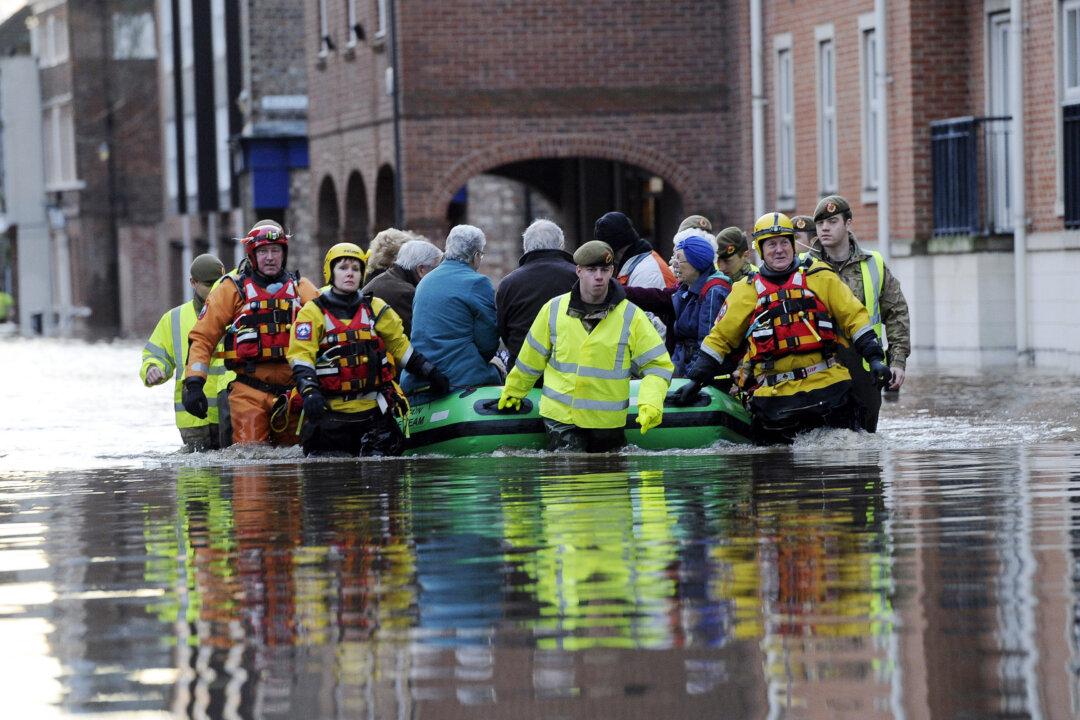Yet again, distressing images of flood damage and destruction in northern England are prompting calls for further investment in UK flood defences and fearful talk of climate change.
There is a particularly worried tone to the commentary, because this flooding occurred after installation of new hard flood defences (completed in June 2010) that simply could not cope with the flow and – despite millions spent on glass flood walls and hydraulic modelling of the options – these defences failed. Or at least this is what we are hearing in the press.
This verdict is too severe, flood defences have worked in places and have bought people – and the emergency services – more time and reduced flood risk.
But for those with homes covered in wet, polluted mud, these arguments sound hollow. The simple fact is that with record-breaking rainfall (341mm in 24 hours at Honister Pass) on a landscape which has been managed for centuries to be efficient at encouraging rainwater to flow into rivers, you would expect flooding – and the more extreme the rainfall, the more extreme the flooding. A key question being asked by all is: “What do we mean by extreme flooding?”
Already we have heard repeatedly the common misconception “this is a flood that should only happen every 100 years“. This is incorrect. The science of flood extremes attempts to use the woefully short records of river flow (which has been around for about 30 years) and rainfall (which has been recorded for about 200 years) to estimate a probability: the chance of a flood of a given size happening.
A 100-year flood is actually better described as a flood that has a 1% chance of occurring within any given year. It does not mean that we expect one every 100 years – sadly as the people of Cumbria have found, a flood with a 1% chance of occurring can occur more than once in 100 years and quite possibly within the same year. In fact the chances of another 100-year event occurring in 2016 remains 1%.

